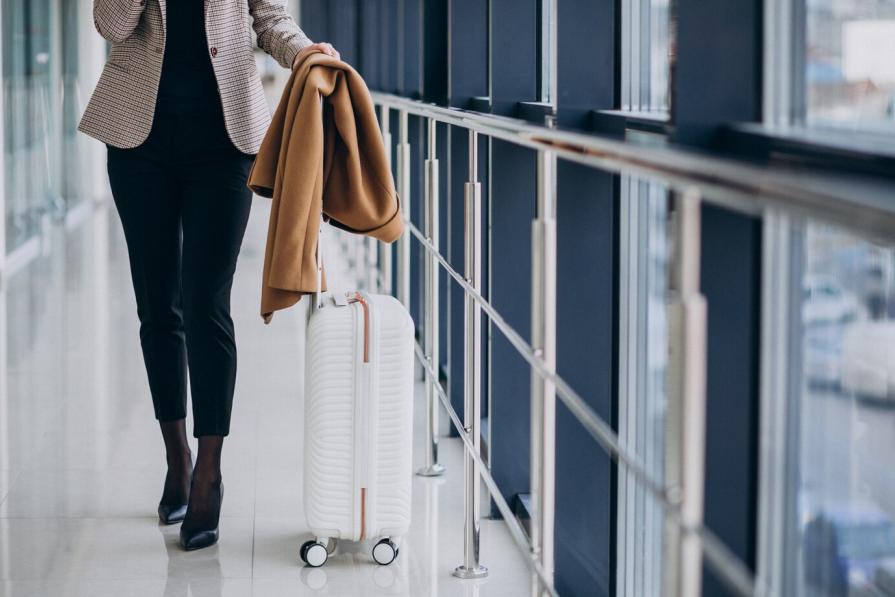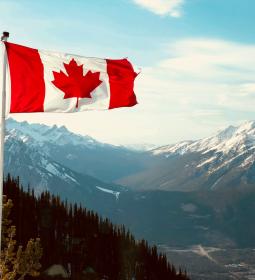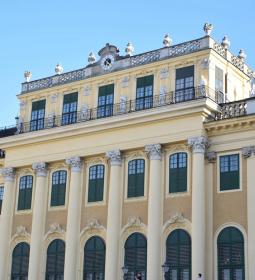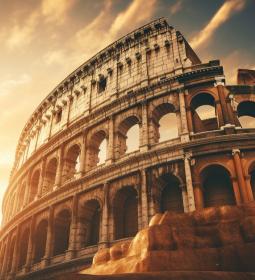Many aircraft passengers are outraged by the fact that it is forbidden to bring liquids larger than one hundred milliliters on board the aircraft. Does this rule minimize the risk of a terrorist attack?
Liquids with a volume of more than 100 ml are prohibited in hand luggage - this rule was introduced not because of the harmfulness of airline employees: in this way, attempts by intruders to smuggle explosives are prevented. Security personnel carefully check liquids in luggage, but cannot inspect bottles in carry-on luggage as carefully.
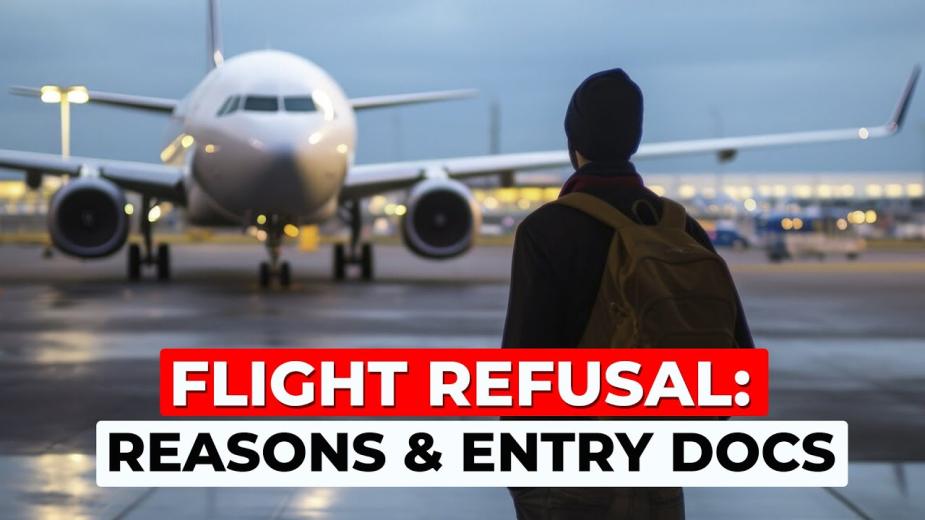
History of the ban
After the terrorist attack of September 11, 2001, airlines around the world strengthened security rules and tightened passenger screening. But the ban on the carriage of liquids in the cabin of the aircraft was introduced after the exposure of the so-called "Liquid Plot", which was planned by terrorists in the UK in 2006; Only thanks to the operational work of the special services, the attackers were detained and prevented from their plan. The terrorists wanted to smuggle explosive liquids in soda bottles and mix everything on board the plane, and later activate the explosives with a detonator.
Why 100 ml?
This volume of the bottle was chosen for two reasons:
- With such a volume, it is difficult to create a powerful explosive,
- Security teams can detect hazardous liquids more easily.
Airport employees carefully inspect all vials and bottles that passengers carry - there are cases in history when attackers carried acetone, sulfuric acid in bottles of water and other drinks.

Despite advanced technology and thorough inspection, yogurt, creams and water are still not allowed on board. This is because hazardous substances can look harmless: for example, nitroglycerin resembles ordinary oil, and other explosive substances can be dissolved in water or similar substances.
Currently, baby food and vital drugs are allowed in hand luggage during inspection, employees carefully check documents and inspect the contents of packages.

